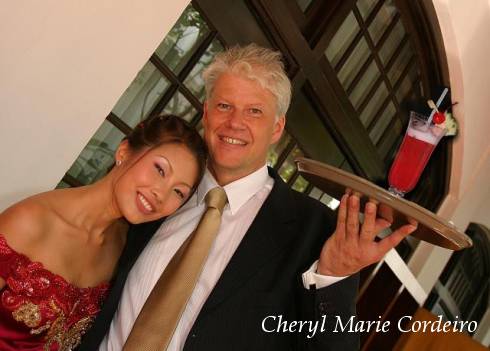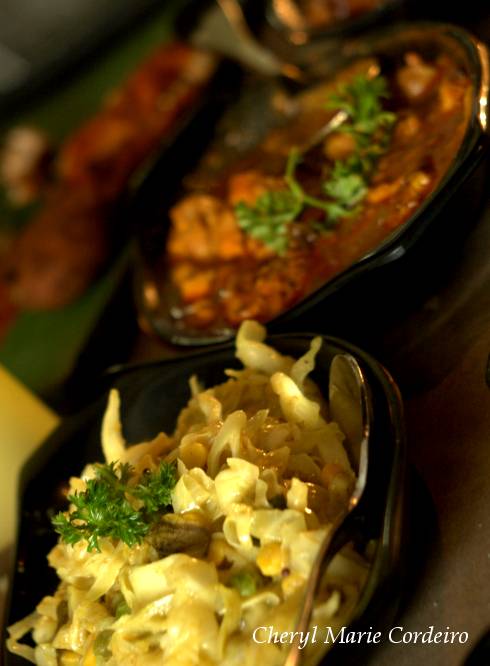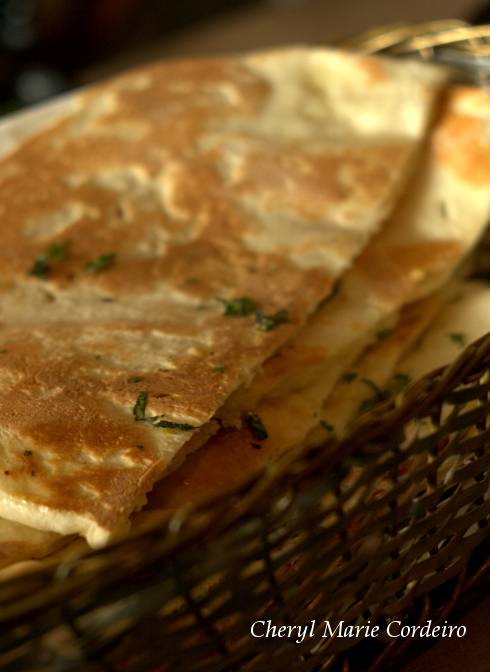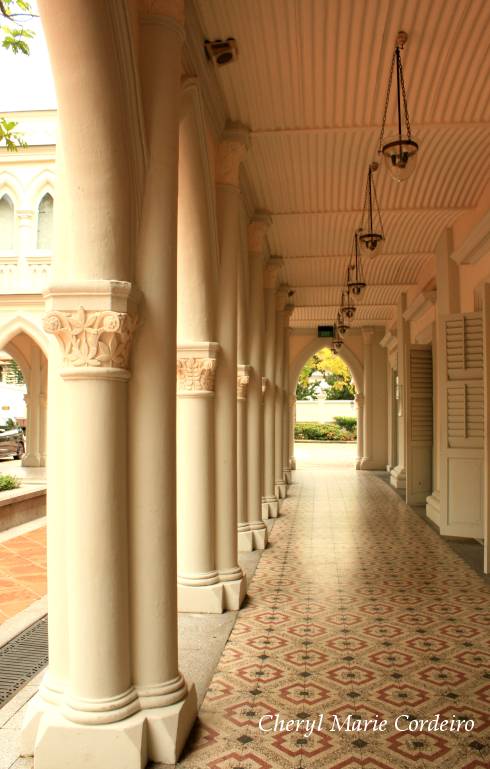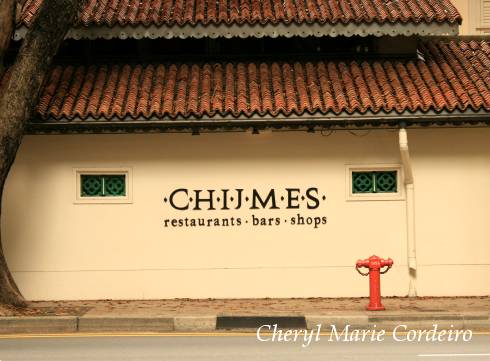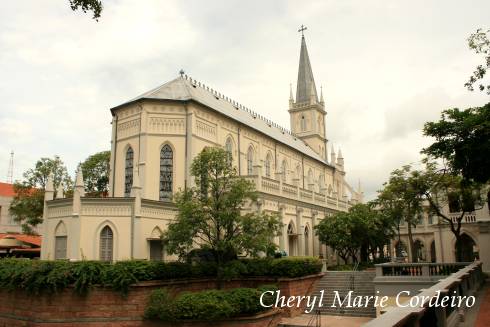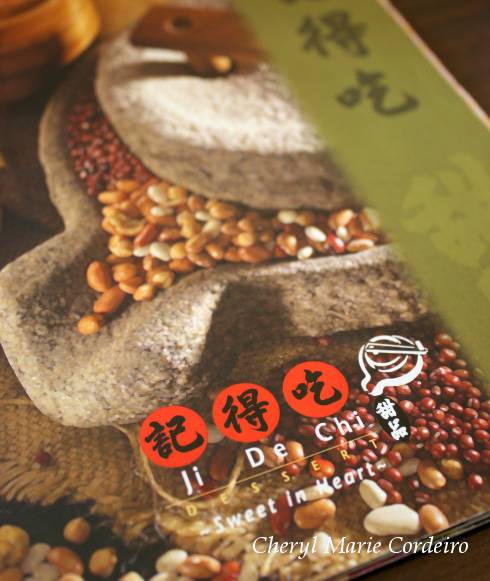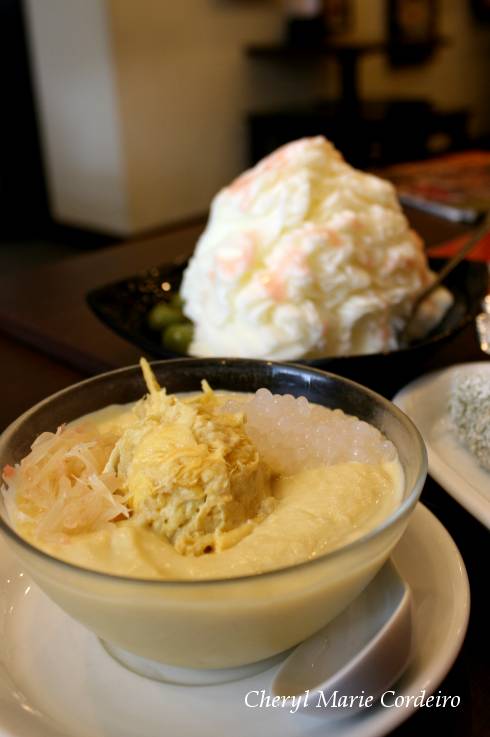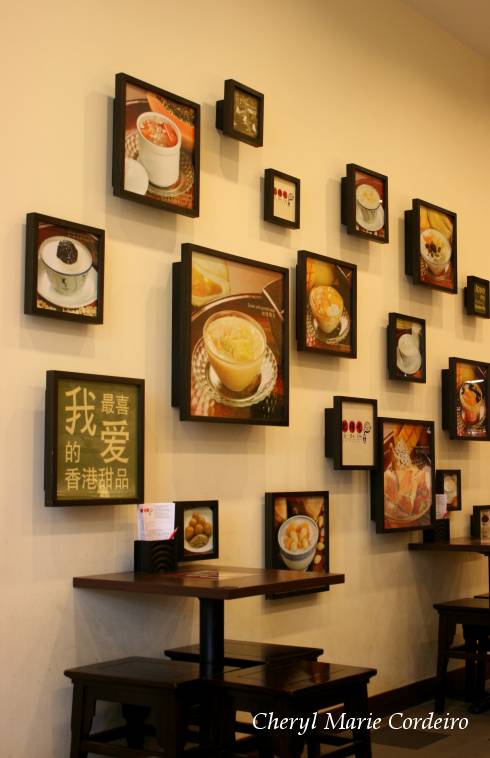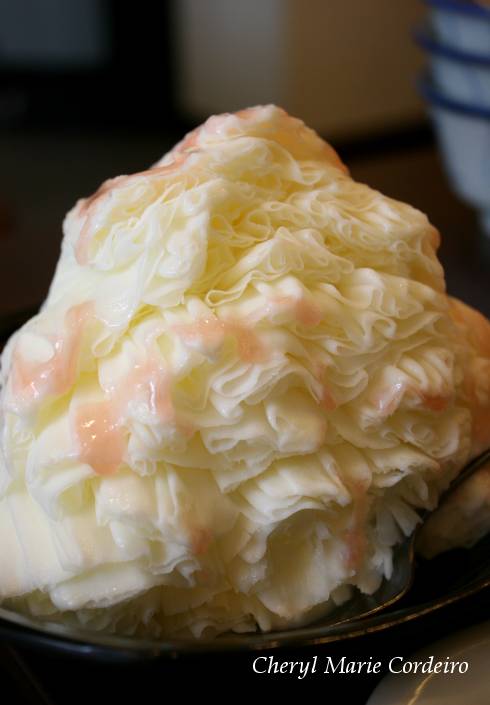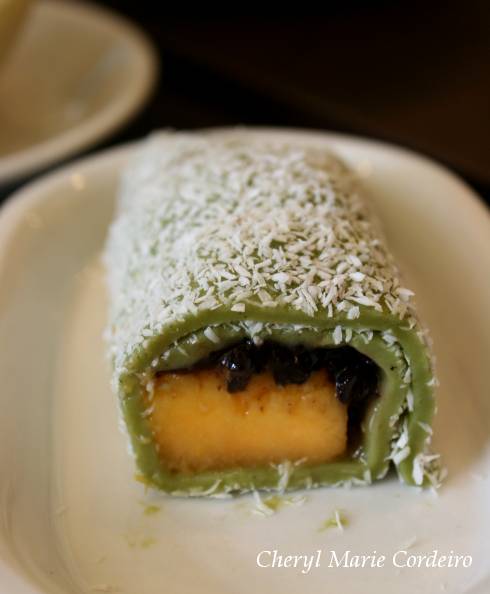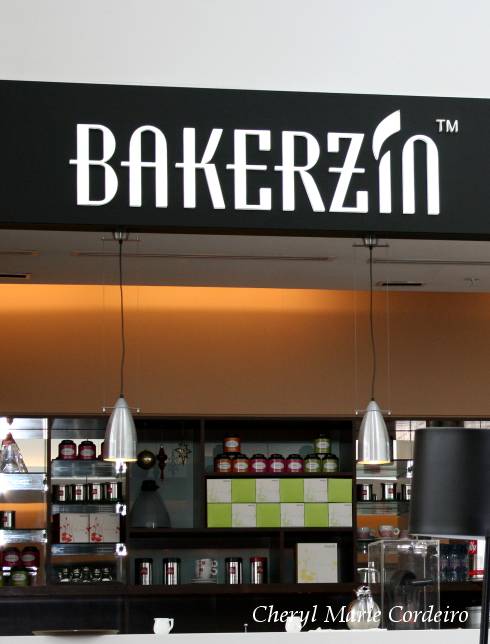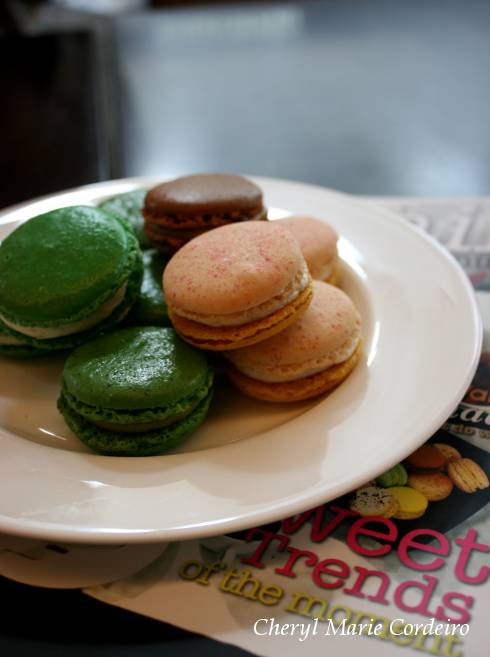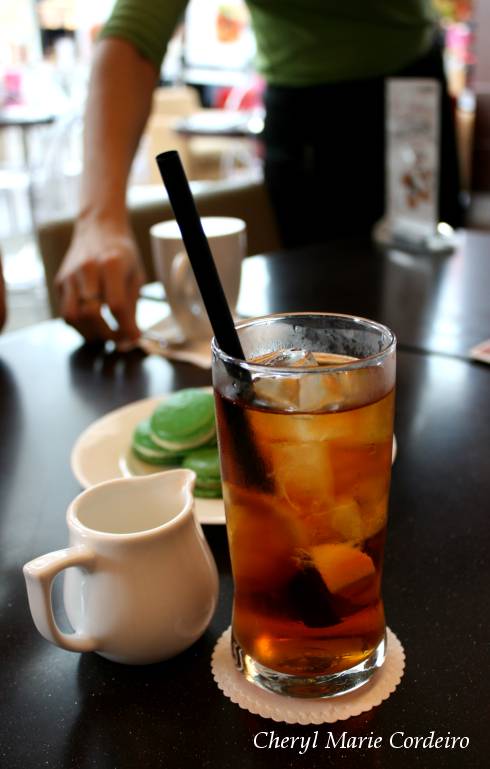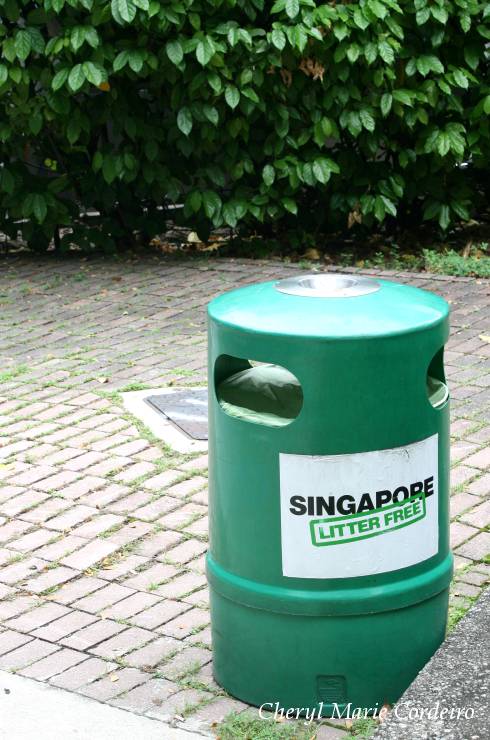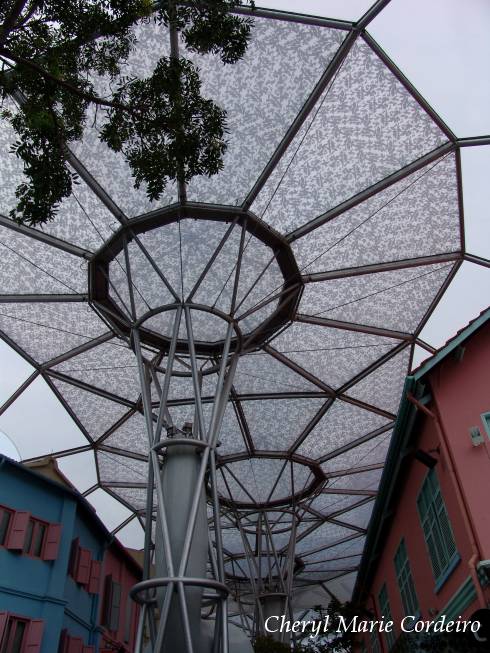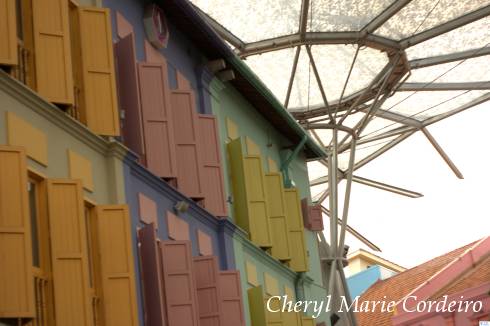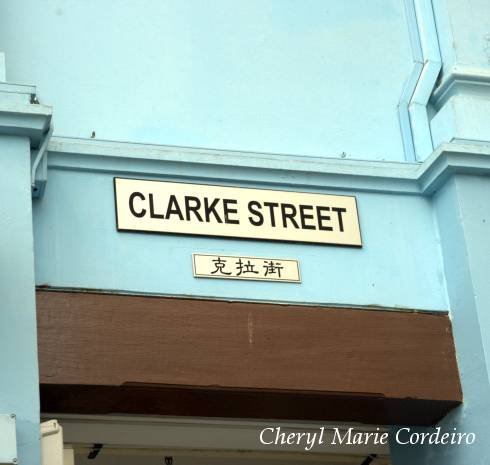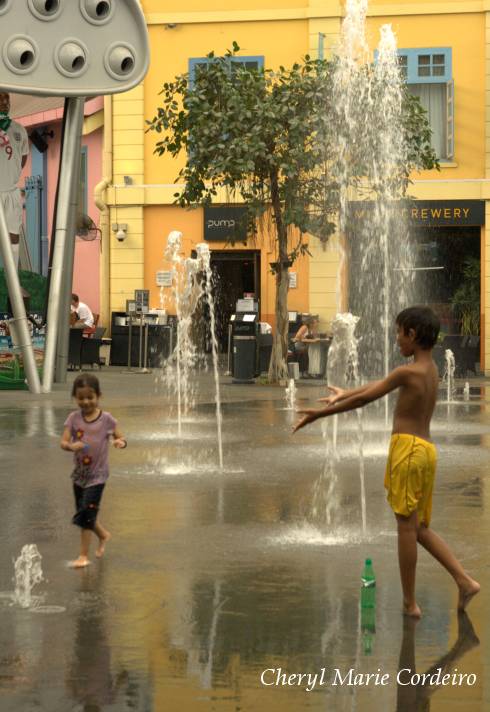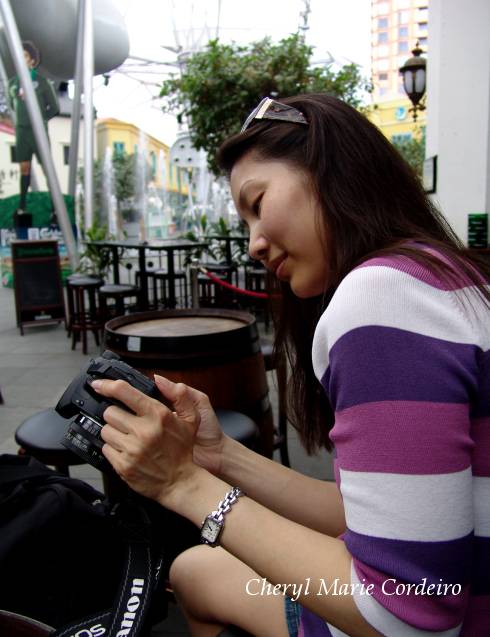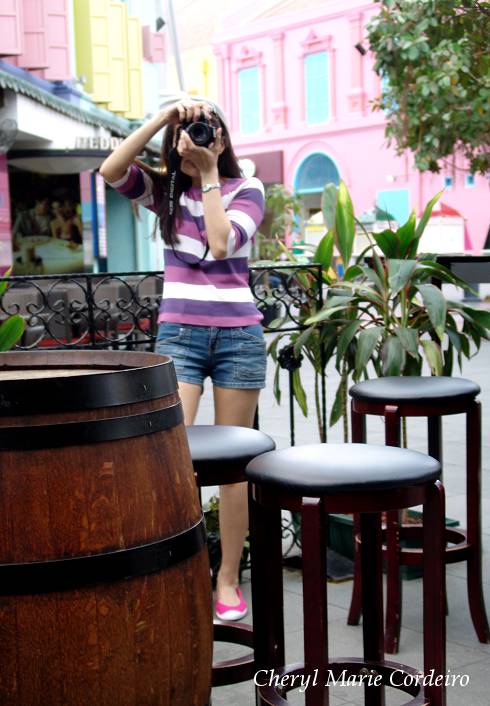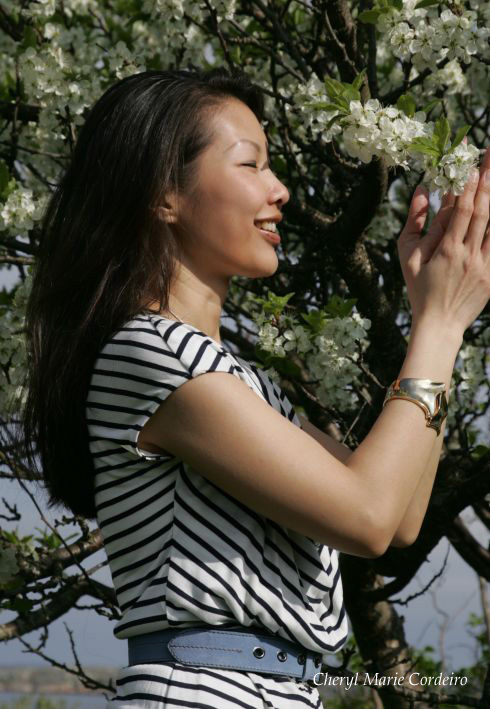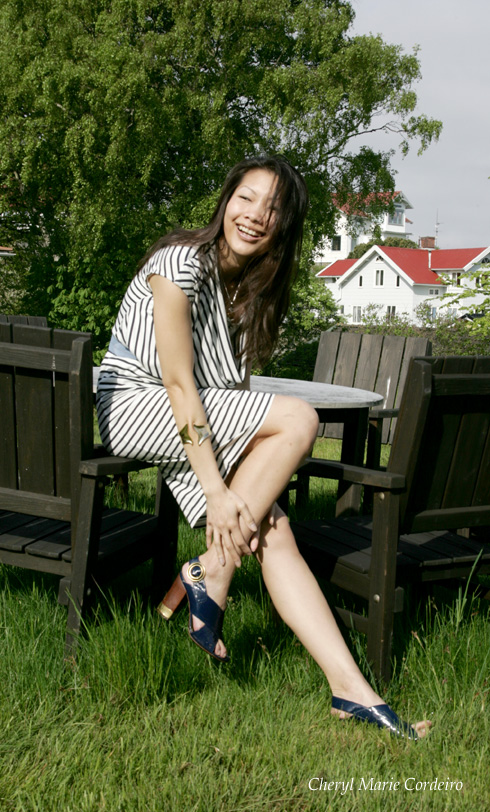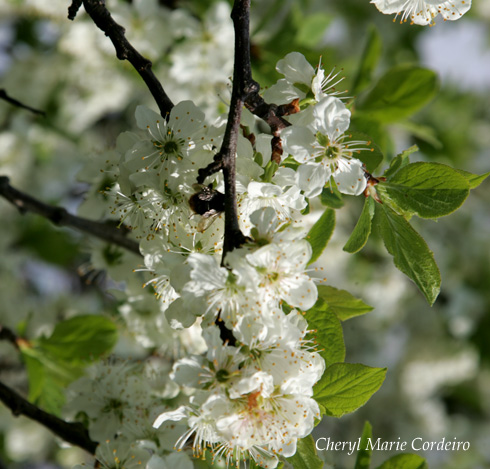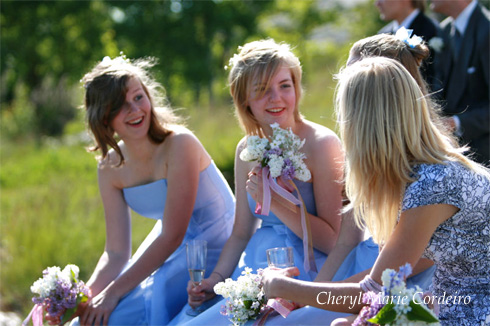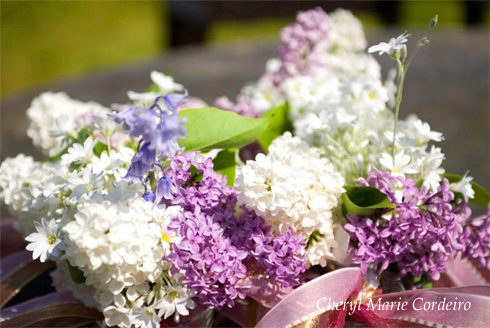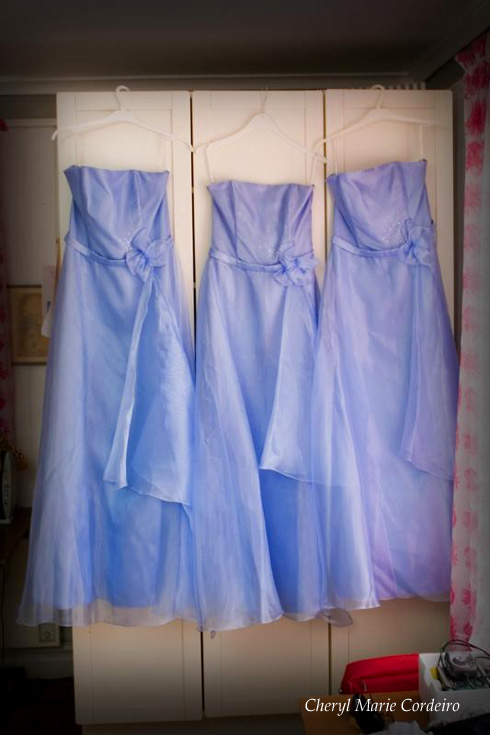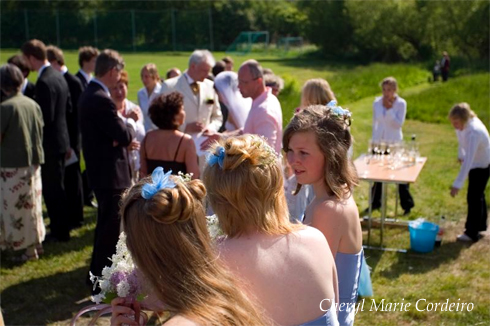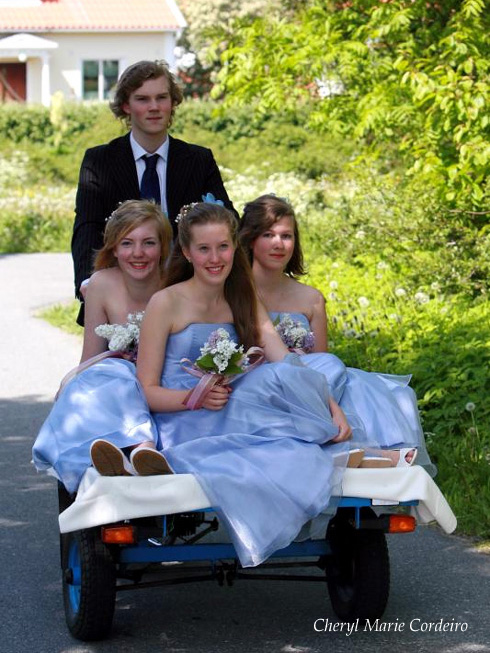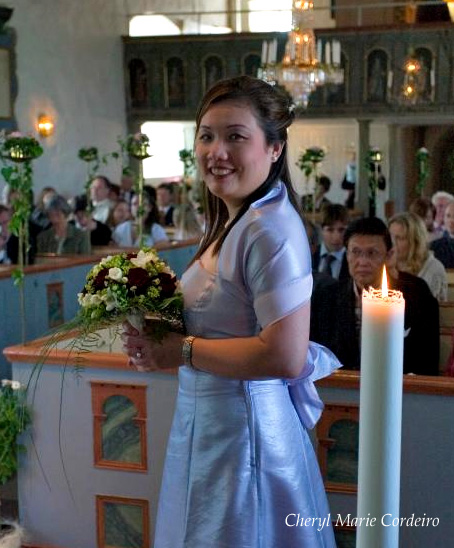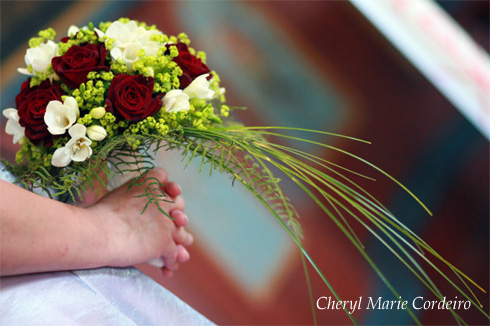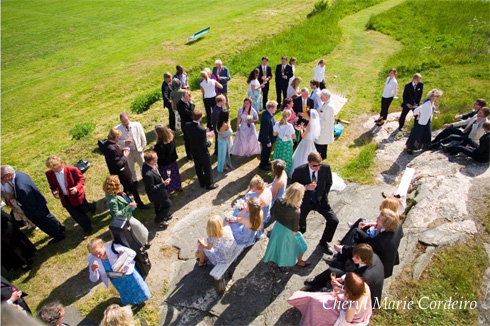
Boiled potatoes, ideally from this year’s harvest
cooked and decorated with dill is a must.
Photo © JE Nilsson for CMC 2010
In mid June, Sweden arrives to an outdoor temperature and general climate we have more or less permanent in Singapore – warm, though less humid. To Swedes this but a short pleasure that lasts for a few summer months.
At this time of the year, the remarkably short nights slowly transform the warm evening sunlight to a warm dusk that after midnight eventually changes back into a Nordic lavender coloured morning. You can sit there and just look at it outdoors in your garden, cuddled up into a blanket, cupping your favourite hot beverage.
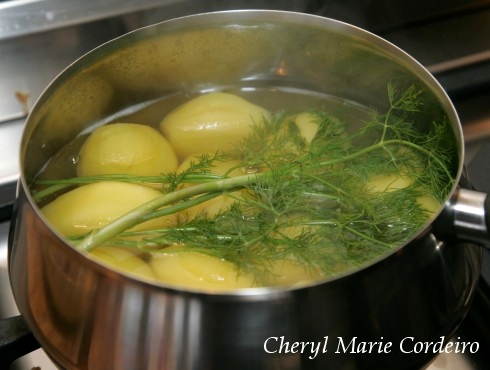
In the pot.
The long dusk-dawn period with its purple hues, apart from turning the entire Nordic region romantic, also begs for garden parties. It is the perfect time to chit-chat with friends about everything and nothing and eventually, you realize that you have stayed up all night and that the morning has broken into a new day.
Continue reading “Pickled herring – A Swedish midsummer tradition”
